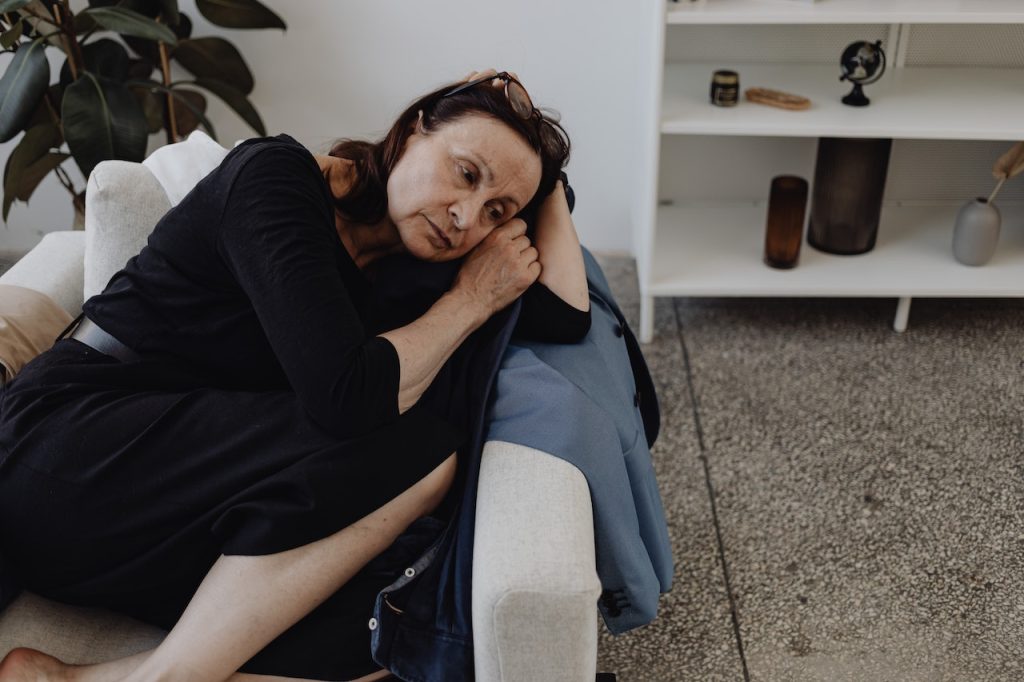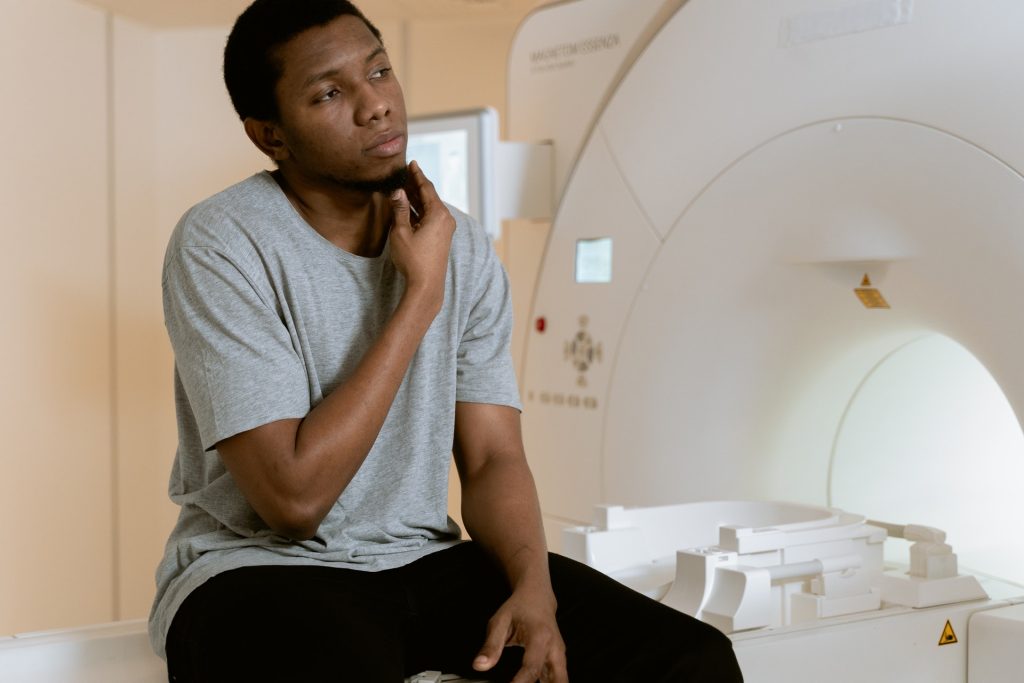Long COVID’s Fatigue Impacts can be Worse than Some Cancers

A new UK study has found that fatigue is the most significant symptom for long COVID patients, and can affect quality of life more than some cancers. The research, published in BMJ Open, examines the impact of long COVID on the lives of over 3750 patients who were referred to a long COVID clinic and used a digital app as part of their NHS treatment for the condition.
Patients were asked to complete questionnaires on the app about how long COVID was affecting them – considering the impact of long COVID on their day-to-day activities, levels of fatigue, depression, anxiety, breathlessness, brain fog, and their quality of life.
The researchers, from UCL and the University of Exeter, found that many long COVID patients were seriously ill and on average had fatigue scores worse or similar to people with cancer-related anaemia or severe kidney disease. Their health-related quality of life scores were also lower than those of people with advanced metastatic cancers, like stage IV lung cancer.
Overall, the team found that the impact of long COVID on the daily activities of patients was worse than that of stroke patients and was comparable to that of patients with Parkinson’s disease.
Dr Henry Goodfellow, who co-led the study alongside the late Professor Elizabeth Murray (both UCL Institute of Epidemiology & Health), said: “Up to around 17% of people who get COVID go on to develop long COVID *. However, the impact of the condition on patients’ day-to-day lives isn’t fully understood.
“Our results have found that long COVID can have a devastating effect on the lives of patients – with fatigue having the biggest impact on everything from social activities to work, chores and maintaining close relationships.”
Not only does long COVID negatively impact the lives of patients on an individual level, the researchers also believe that it could have a significant economic and social impact on the country.
In order to be referred to a long COVID clinic, a patient must have had symptoms in keeping with long COVID for at least 12 weeks after an acute infection.
Over 90% of long COVID patients using the app were of working age (18-65) and 51% said they had been unable to work for at least one day in the previous month, with 20% unable to work at all.
Meanwhile, 71% of patients were female. As working-age women make up a majority of the health and social care workforce, the impact of long COVID on their ability to function may add additional pressures to already stretched services.
Dr Goodfellow said: “We hope that a greater understanding of the symptoms and impact of long COVID in these patients will help the NHS and policymakers to target limited resources by adapting existing services and designing new ones to better meet the needs of patients with long COVID .”
Alongside fatigue, long COVID patients typically experience breathlessness, anxiety, depression and brain fog. This is the first study to report on the impact of the condition on day-to-day functioning and health-related quality of life in patients who have been referred for specialist rehabilitation in long COVID clinics across England.
Dr Goodfellow said: “Our findings show that fatigue should be an important focus for clinical care and the design of rehabilitation services.
“Post-COVID assessment services should consider focusing on assessing and treating fatigue to maximise the recovery and return to work for sufferers of long COVID .”
Source: University College London




